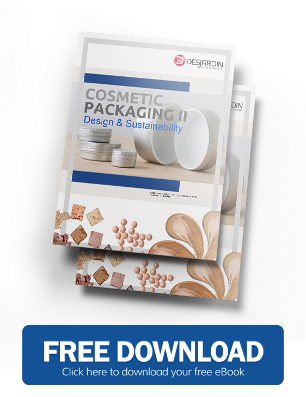Tinplate is one of the eco-friendly packaging materials that are available. Tinplate is steel sheets that are coated on both sides by tin. This combines the strength of steel with the resistance to corrosion and solderability of tin.
Production of Steel Sheets
Steel which is used to make tinplate is light gauge low carbon. There are many important steps involved in its production which can influence tinplate’s properties.
Hot Rolling: Continuously cast steel slabs are used as they produce cleaner steel. These slabs are scarfed or cleaned to remove surface defects, then heated to 1200 to 13000C and rolled to produce thin gauge sheets.
Pickling: These sheets are cooled and cleaned of any oxide that is formed during pickling. Earlier acids were used; however, innovations have made this step acid-free and oil-free, and more environmentally friendly.
Cold Reduction: The hot steel sheets are cooled by using water and lubricating oil, and undergo further rolling.
Cleaning: The cooling liquids are removed by using alkaline phosphates, silicates and sodium hydroxide and finally with hot air.
Annealing: This step makes the steel soft and achieves the desired grain structure. Batch annealing produces deep-draw to hard and stiff steel that can withstand vacuum and pressures, so is best for making cans and bottles. Continuous annealing is a shorter process that gives smaller grained steel.
Temper Rolling: The soft steel after annealing is lightly rolled to produce sheets of the final desired thickness.
Double Reduction: Sometimes instead of temper rolling, a second round of reduction is used to roll the steel. This produces sheets that are thinner and stronger. The sheets produced can be as thin as 0.14 – 0.24 mm, which makes them more attractive as packing material as it saves transport costs and reduces carbon emissions.
Electrotinning
Since the 1940s, tin is applied to the steel sheets electrolytically. Before that, tin was applied through hot dipping. Tinplate production is the major use of tin and uses 30% of all tin produced. By 2018, 30% of all tin production was from recycled sources.
Electrolysis has the advantage of achieving thin tin coatings and controlling the thickness of coating. This is important as coating thickness can vary on the two sides of the steel sheet to produce ‘differential coated tinplate’. Modern tinplate has tin coatings that are only 0.1 to 1.5 microns thick.
Plating: The steel sheets are passed through plating tanks filled with electrolytes where 99.9% pure tin anodes are immersed, and get covered by a coat of tin through electrolysis. At the end any excess tin on the sheet is removed and recycled.
Flow-melting: In some cases, the tin coating is heated so that it melts to form an iron-tin alloy layer, which enhances the anti-corrosive properties of tin.
Passivation: The tin coating can get oxidised to form a thin film. To prevent this layer from growing, a layer of chromium is added, followed by a layer of food-grade oil during passivation to stabilize the coating.
Tinplate Sheet Range
Tinplate ranges from 0.13 mm to 0.50 mm in thickness. The steel sheets make up most of the thickness, as the tin coating is measured in microns (I micron = 0.001 mm). There are thousands of combinations of steel and tin possible, so customers should inform producers of the uses of the tinplate so that they get the right quality.
We have some exciting news to share! Today, we're proud to offer a
There are various other factors like temper, finish, and grade of tinplate which also determine their suitability for different applications.
Tinplate Tempers: Tinplate can be of different tempers, which depend on the quality of steel as well as the different production steps such as hot rolling, annealing, and temper rolling. The quality of steel and tin are in turn regulated by various national and international standards such as ASTM or ISO.
Finishes: Tinplate come in different finishes such as bright, light-stone, stone, matt and silver.
Grades: There are two grades of tinplate. Standard grade tinplate has optimum properties and can be lacquered and printed. While second grade tinplate are rejects of the standard grade tinplate.
Environmental Consideration
 Tinplate is one of the most recycled materials in Europe. Earlier the production method relied heavily on chemicals.
Tinplate is one of the most recycled materials in Europe. Earlier the production method relied heavily on chemicals.
Keeping consumer preferences and concerns about health and environment protection in mind, innovations aim to make tinplate more convenient and sustainable.
- Chemical use has been reduced during processing by eliminating use of acids and oils in pickling.
- The passivation process has been improved leading to better preservation of canned food.
- Lacquers used are now sustainable.
- Cans are lighter, which means less of steel and tin is used. In many cases there has been a reduction of 46% of weight over 30 years.
- There is a 60% reduction in energy when recycled tinplate is used, and 30% less of air pollution
Versatile Material
Since production of steel and tin occurs independently, different kinds of steel and different coatings of tin can be applied, thereby producing thousands of tinplate. The range of this material which is more than that of any other metal, combined with high recycling rates of over 90% makes it a versatile and sustainable material for packaging.


